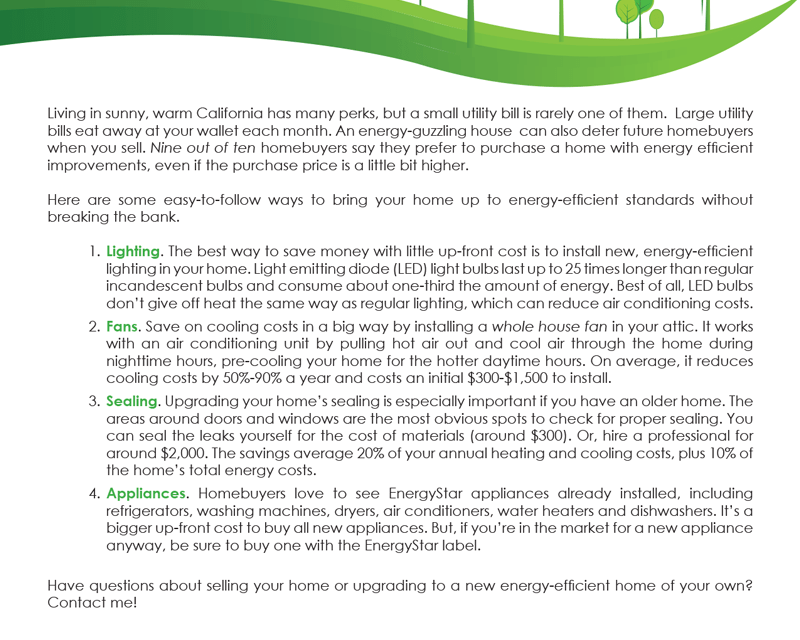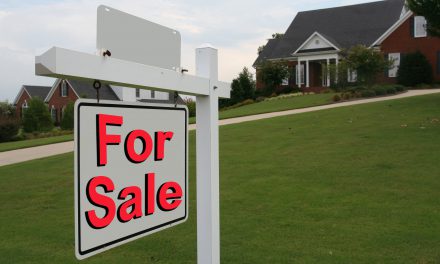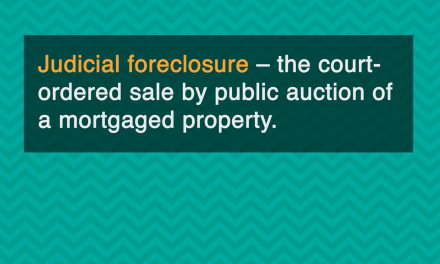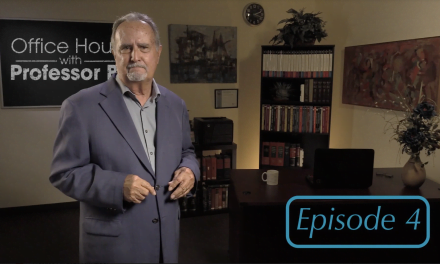Use this first tuesday FARM Letter in your marketing. To request a FARM letter topic, or to see a list of all our FARM letter templates, visit our FARM Letter page.

Text only
Living in sunny, warm California has many perks, but a small utility bill is rarely one of them. Large utility bills eat away at your wallet each month. An energy-guzzling house can also deter future homebuyers when you sell. Nine out of ten homebuyers say they prefer to purchase a home with energy efficient improvements, even if the purchase price is a little bit higher.
Here are some easy-to-follow ways to bring your home up to energy-efficient standards without breaking the bank.
- Lighting. The best way to save money with little up-front cost is to install new, energy-efficient lighting in your home. Light emitting diode (LED) light bulbs last up to 25 times longer than regular incandescent bulbs and consume about one-third the amount of energy. Best of all, LED bulbs don’t give off heat the same way as regular lighting, which can reduce air conditioning costs.
- Fans. Save on cooling costs in a big way by installing a whole house fan in your attic. It works with an air conditioning unit by pulling hot air out and cool air through the home during nighttime hours, pre-cooling your home for the hotter daytime hours. On average, it reduces cooling costs by 50%-90% a year and costs an initial $300-$1,500 to install.
- Sealing. Upgrading your home’s sealing is especially important if you have an older home. The areas around doors and windows are the most obvious spots to check for proper sealing. You can seal the leaks yourself for the cost of materials (around $300). Or, hire a professional for around $2,000. The savings average 20% of your annual heating and cooling costs, plus 10% of the home’s total energy costs.
- Appliances. Homebuyers love to see EnergyStar appliances already installed, including refrigerators, washing machines, dryers, air conditioners, water heaters and dishwashers. It’s a bigger up-front cost to buy all new appliances. But, if you’re in the market for a new appliance anyway, be sure to buy one with the EnergyStar label.
Have questions about selling your home or upgrading to a new energy-efficient home of your own? Contact me!














